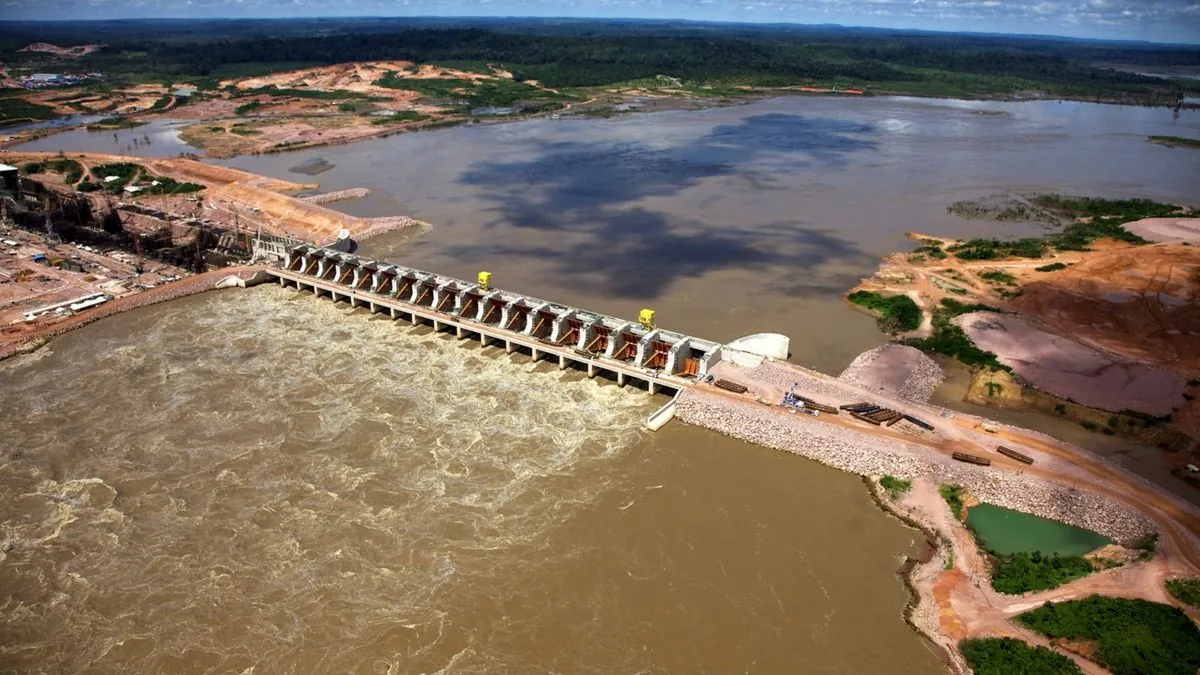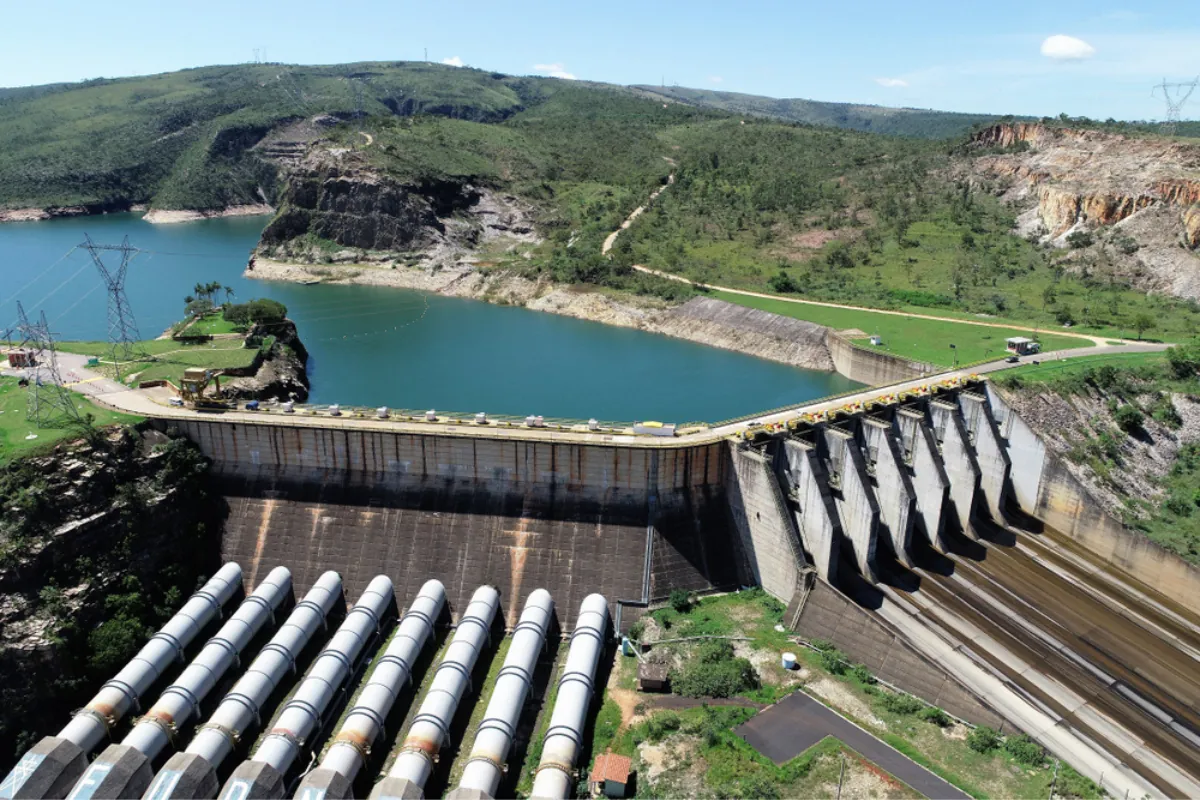Brazil Hikes Electricity Rates as Dry Season Strains Hydropower
Brazil's power regulator implements highest tariff level due to low hydroelectric reservoir levels. Consumers face increased electricity costs in September as the country grapples with dry season challenges.

Brazil, the largest country in South America, is set to experience a surge in electricity prices this September. The Brazilian Electricity Regulatory Agency (ANEEL), established in 1996, has announced the implementation of its highest tariff level due to diminishing water levels in hydroelectric reservoirs during the ongoing dry season.
Despite recent advancements in wind and solar energy, hydroelectric power remains the backbone of Brazil's energy infrastructure, accounting for approximately 64% of the country's electricity generation. This heavy reliance on hydropower makes the nation particularly vulnerable to seasonal fluctuations in rainfall.
ANEEL employs a color-coded pricing system to manage electricity costs:
- Green: No additional charges
- Yellow: Slight increase in tariffs
- Red Level 1: Moderate increase
- Red Level 2: Highest increase
For September 2024, ANEEL has activated the "Red Level 2" tariff, resulting in an additional charge of 7.88 reais (approximately $1.40) per 100 kilowatt-hours consumed. This marks the first implementation of the highest tariff level since August 2021, when Brazil faced a severe drought.

The decision comes in response to forecasts predicting rainfall to be about 50% below average in Brazil's primary hydroelectric regions during September. This shortfall necessitates increased reliance on more expensive thermoelectric plants to meet energy demands.
Brazil's energy landscape has been evolving, with significant investments in wind and solar power to diversify its energy mix. The country boasts the third-largest electricity sector in the Americas and has been exploring innovative solutions such as offshore wind energy and green hydrogen to enhance its energy security.
The Itaipu Dam, shared with Paraguay, stands as Brazil's largest hydroelectric facility, symbolizing the nation's historical dependence on water-based power generation. However, recurring droughts in recent years have highlighted the vulnerabilities of this system.
As Brazil continues to grapple with the challenges posed by climate variability, the government and energy sector are working towards a more sustainable and diverse energy matrix. This includes efforts to increase energy efficiency, expand the use of renewable sources, and modernize the country's complex transmission system that spans its vast territory.
The current situation underscores the delicate balance Brazil must maintain between its growing energy needs and environmental considerations. As the country navigates these challenges, consumers will feel the immediate impact through higher electricity bills, while long-term solutions continue to be developed and implemented.
"The implementation of the 'Red Level 2' tariff is a necessary measure to manage our energy resources effectively during this period of reduced hydroelectric capacity."
This price adjustment serves as a reminder of the ongoing efforts required to ensure Brazil's energy security and sustainability in the face of changing climate patterns and increasing demand.


































